Reins
The reins are the link between the hand and the horse's mouth via the bit. They are used to transmit the rider's aids. Depending on the rider's preferences, they can be made of different materials, thicknesses and flexibility. Apart from personal affinities, here are some tips:
- If you are used to riding on varied terrain and outdoors rubber reins will offer you a very good fit.
- If you are looking for soft and precise reins, go for leather reins.
- If you prefer thin and easy to care for reins with a good grip when the horse sweats, fabric reins are perfect.
For each of these materials, we have models with or without stoppers/grips to prevent your reins from slipping.
You will also find other more specific reins such as reins with handles, braided, elastic, wedding rings...

Subcategories
-
Rubber reins
Rubber reins, flexible and non-slip poles. They offer an excellent grip even in the rain and are therefore ideal for working in various terrains.
-
Reins with stoppers
Reins with stops have small leather tips spaced out, so that your hands do not slip off the reins. They can be made of leather, rubber or fabric. They allow you to avoid "tightening" the reins so that they don't slip and to have a marker to adjust the length of the reins.
-
Textile reins
Relatively thin and easy to care for, the fabric reins give a good grip and are not affected by the sun.
-
Gag rein
The gag rein is extended with a rope and is attached directly to the headstall. It gives a sliding and lifting effect to your mouthpieces.
-
Leather reins
Leather reins are made exclusively of leather. They generally offer a lot of flexibility and can exist with stops.
-
Braided reins
Braided reins are most often used for hunters, the braids allow a good grip. They are made of leather.
-
Elasticated reins
Elasticated reins have a portion of elastic on one part of each rein. These reins are designed to maintain constant contact with the horse's mouth. Ideal for horses that tend to let go of the bit, refusing contact with the rider's hand. Particularly suitable for young horses, to teach them to stretch continuously and correctly on their bit.
-
Bridle reins
Bridle reins are thinner reins (13mm) so that they take up less space in the rider's hands. They are often used as a second pair for a bridle bit.
-
Converters reins
The Ring Reins replace a pair of pelham rings. They offer great precision in the adjustment of the lever.
The main part of the rein attaches to the main ring of the bit.
The "wedding ring" part of the rein attaches to the ring of the bit lever and is adjusted by a loop on the main part according to the desired effect.
1. The horse is on the hand in an optimal position: the tension on the 2 parts of the rein is equal.
2. The horse opens up: automatically the tension on the "snaffle" part is released and the tension on the "lever" part is increased to close the head-neck angle.
3. The horse locks up: automatically the tension is released on the "lever" part and increased on the "snaffle" part to open the head-neck angle.
-
Rein damper
The rein damper allows for a softer effect between the rider's hand and the horse's mouth. This tool is fixed between the bit and the reins.
-
Howlett rein
The howlett rein is used with a howlett rein, it has small rings that allow you to adjust your rein more precisely.
-
Reins with handles


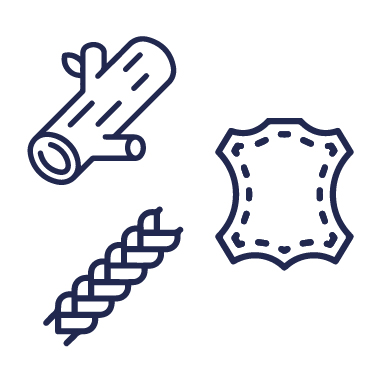
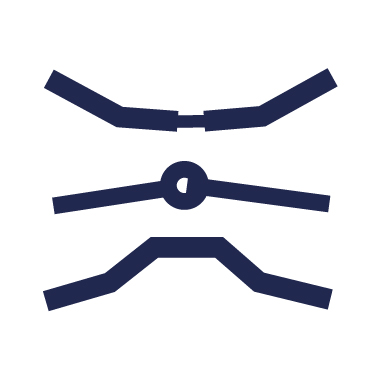
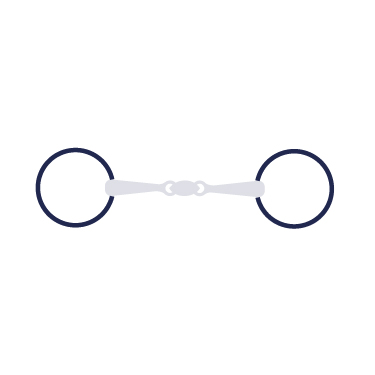
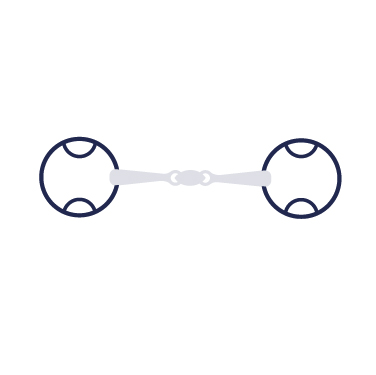
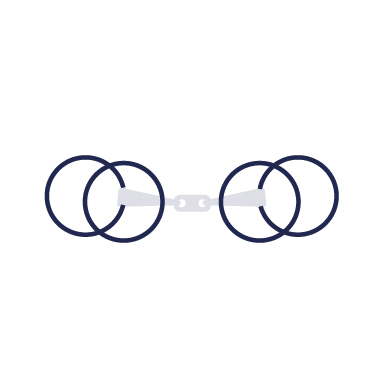
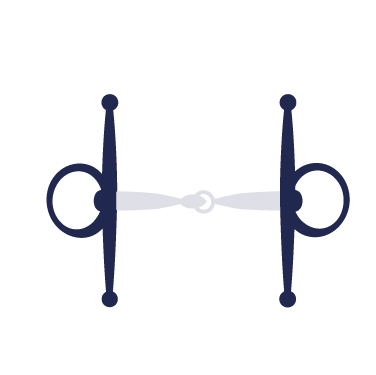

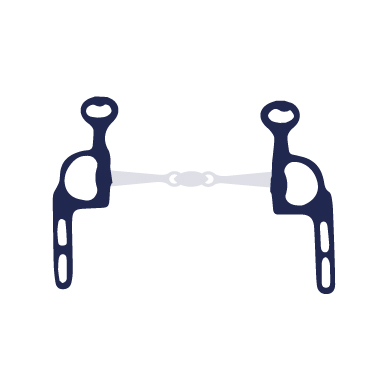

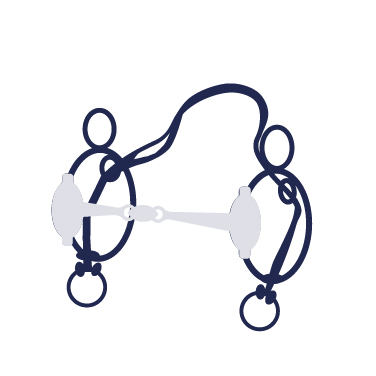
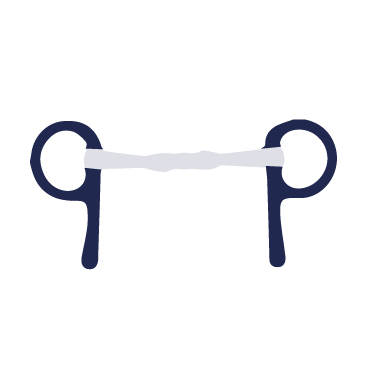
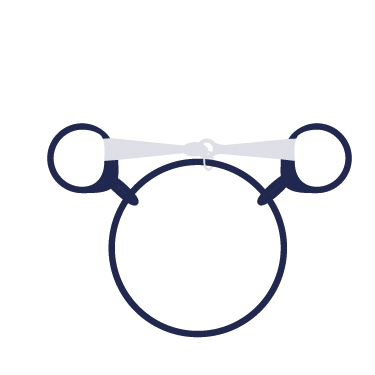
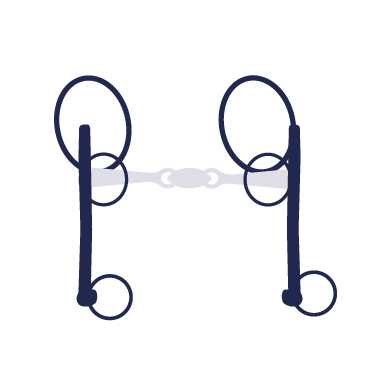
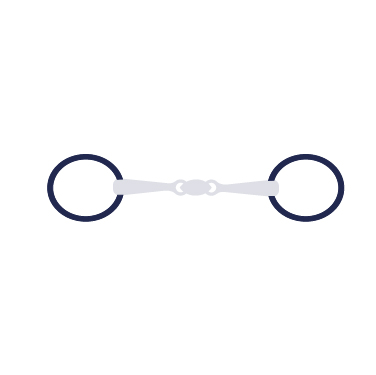
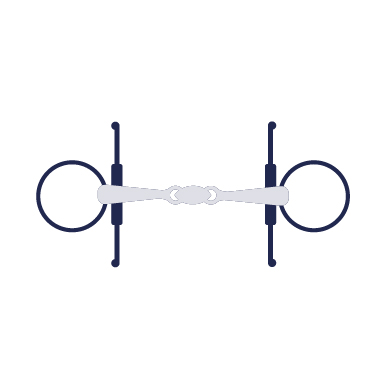
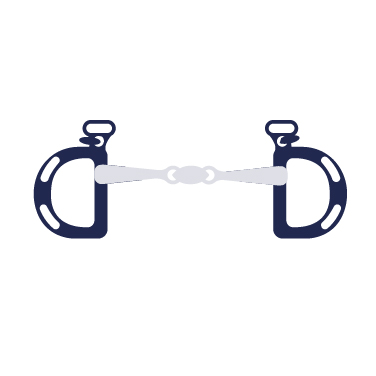
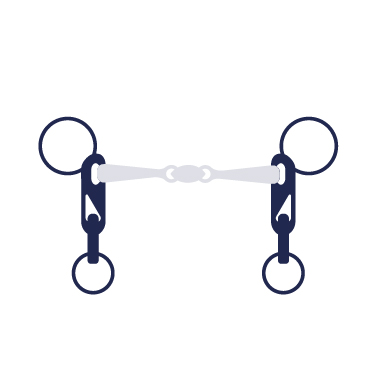
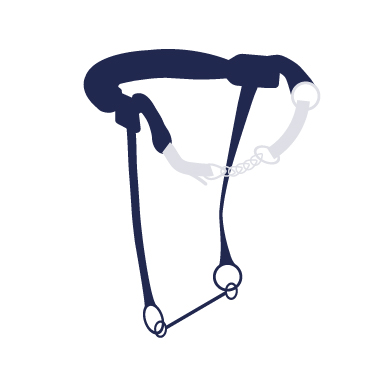
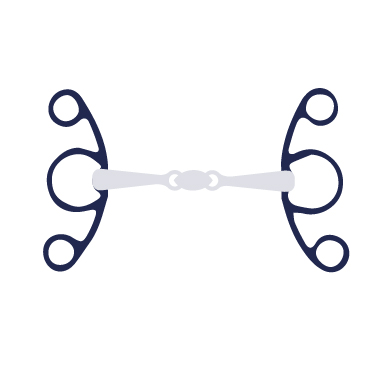
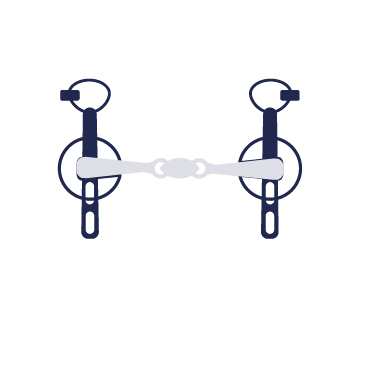
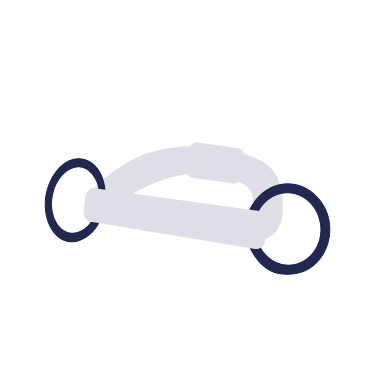
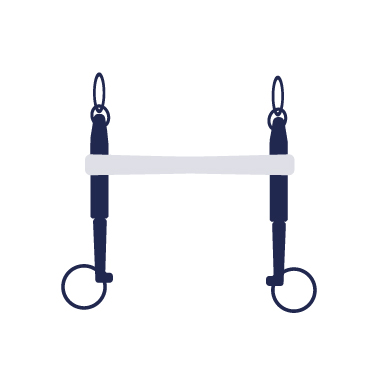
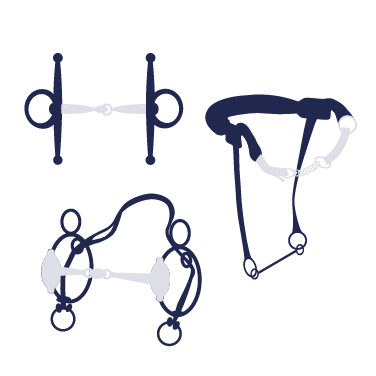


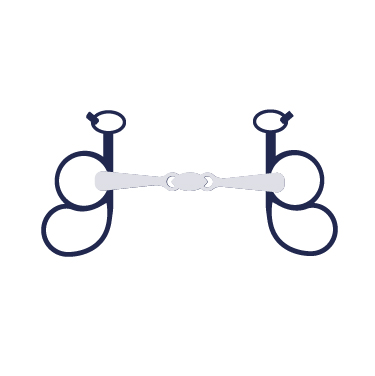

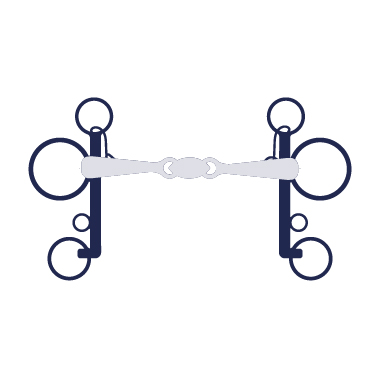
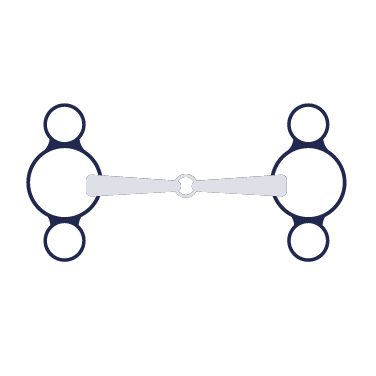
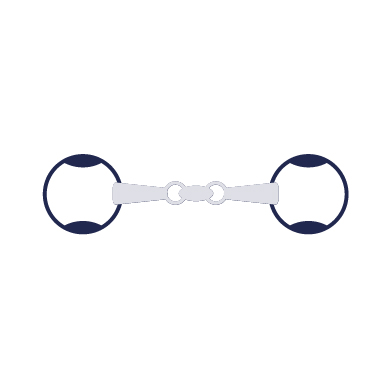
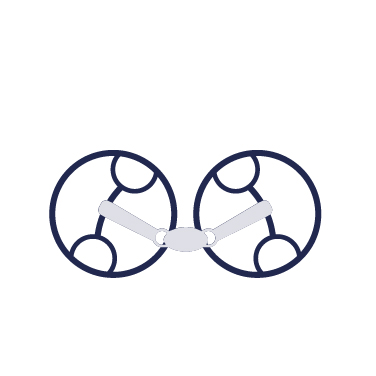

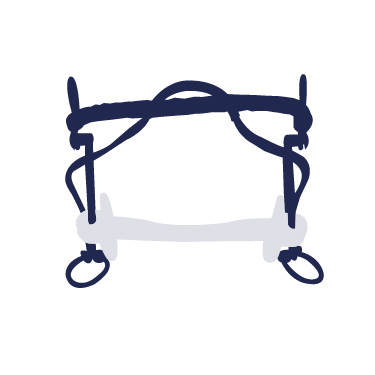
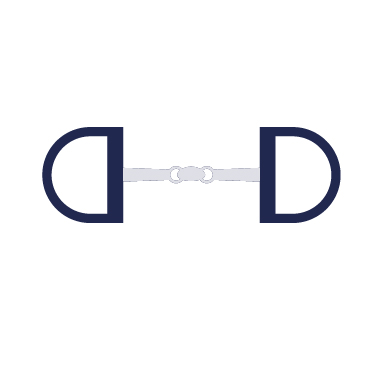

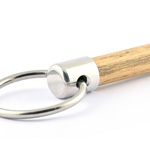
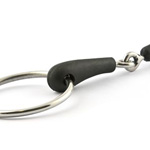
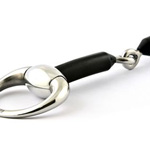
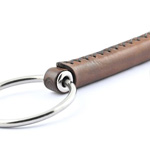
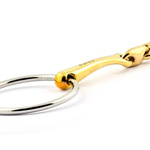
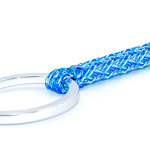
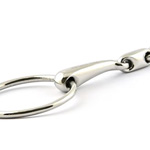
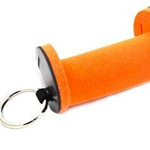
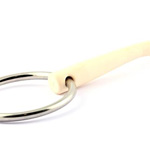
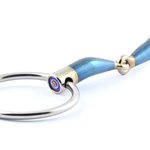
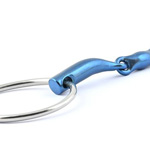
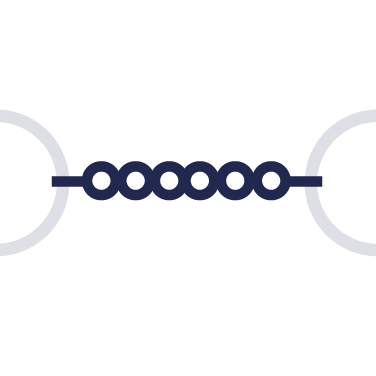
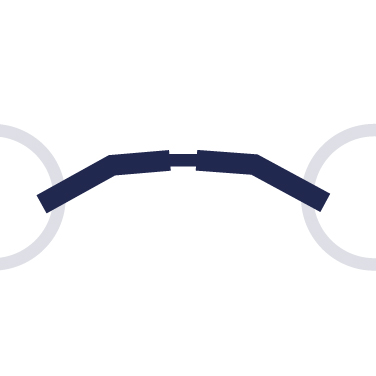
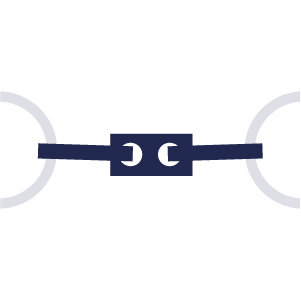
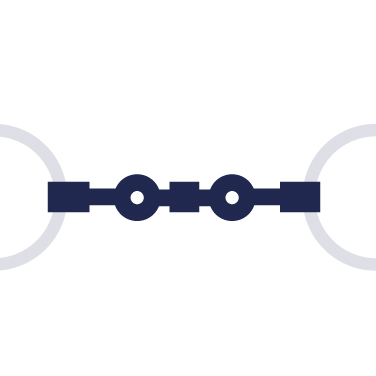


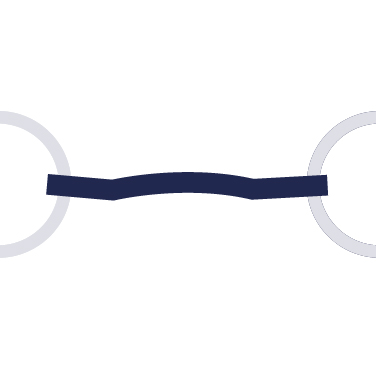











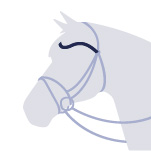
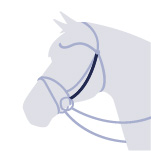
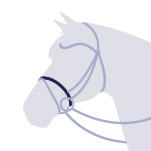
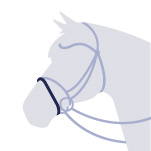
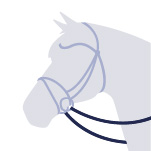
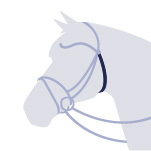
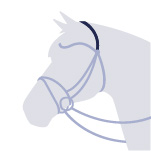

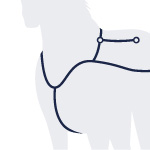


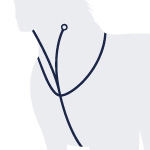



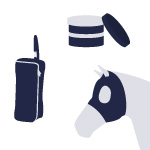

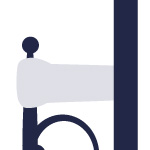

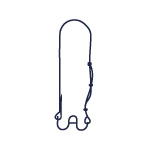

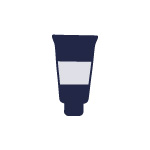
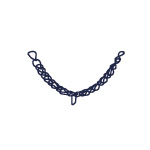
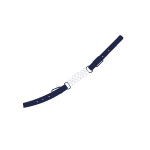
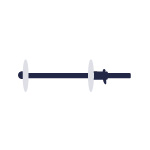
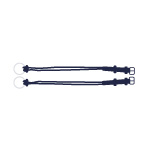

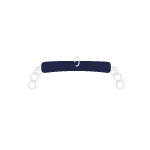
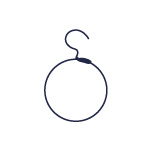








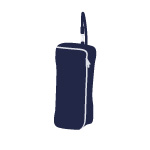















































































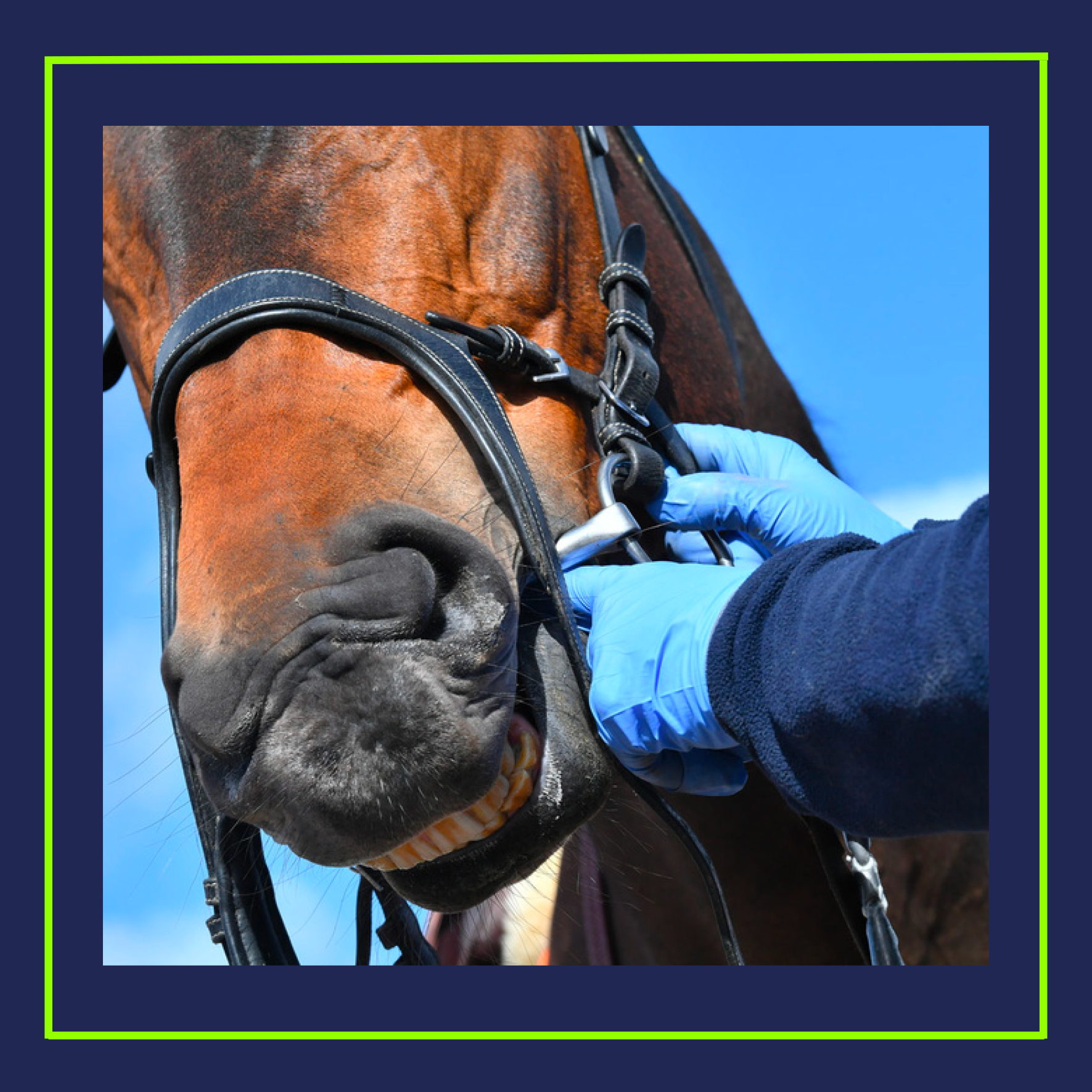
-2.jpg)















